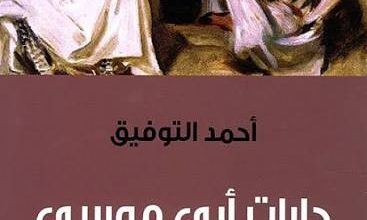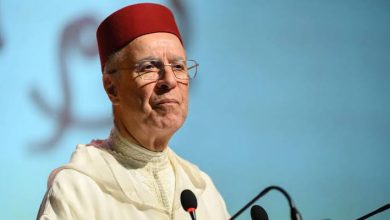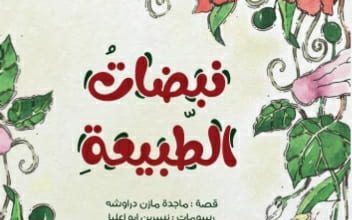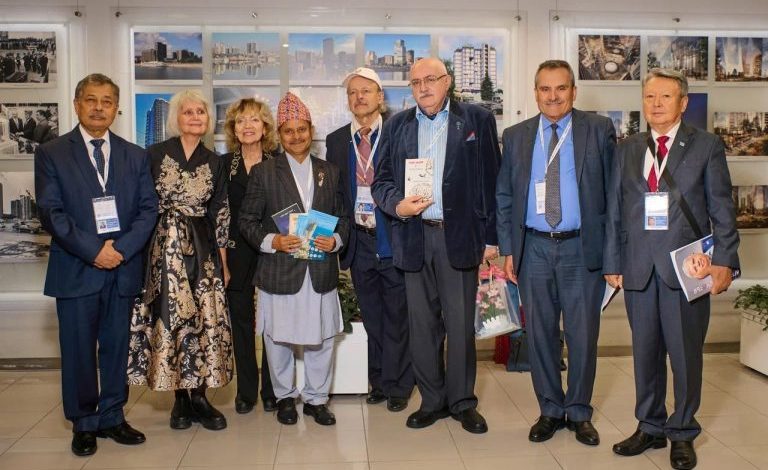
The Art of Translation
-By Santosh Kumar Pokharel, Nepal.
- Introduction
Translation is both an art and a science.It’s where the strict rules of language meet creative intuition. This analysis looks at the key parts of translation, mixing theory with practical experience.
- Loss and Gain
Something is always lost in translation—a cultural joke,a rhythmic sound, a subtle meaning. But a good translator can also create gains, finding new ways to make the work powerful for a different audience. The goal is to stay true to the original author’s voice while making it work in a new language.
- The Ethics of Translation
A translator is a cultural bridge.This job requires humility and respect, especially when translating works from other cultures. The translator’s duty is to respect the original work’s story, and not to replace it with their own.
- The Translator as Co-Creator A translator is more than a copier; they are a creative partner. This is most clear in poetry and literature, where style and feeling are everything. A translator must rebuild the work, capturing its soul, not just its dictionary meaning.
- The Challenge of Poetry Translating a simple prose paragraph is straightforward compared to the immense difficulty of translating a rhymed and metered poem.The translator faces a constant fear: if they perfectly keep the rhyme and rhythm, they might lose the exact meaning. If they translate the meaning word-for-word, they destroy the poetry itself. It is a delicate and often frustrating balancing act.
- Different Translation Styles Cultures approach translation differently:
- American: Often focuses on making the text easy and engaging to read.
- European: Tries to balance theory with cultural accuracy.
- Russian: Known for being both precise and deeply poetic.
Each style offers useful solutions to common problems.
- The Human vs. The Machine Technology can translate words quickly,but it cannot understand meaning. The subtlety of poetry, irony, and cultural nuance still needs a human translator’s emotional input.
- A Translator’s Responsibility Translators carry meaning across borders.They must be careful not to over-explain, embellish, or distort the original work. Some words, heavy with cultural or historical meaning, require extreme care.
- Support for Translators Grants,training programs, and transportation and logistics facilities are important. They help support translators, protect underrepresented languages, and maintain high quality.
- Translation as Diplomacy Translators are quiet diplomats.Their work helps nations understand each other, softens prejudices, and builds empathy, one book at a time.
- A Vision for the Future
We should build a global network for translators to share resources and support each other.This would blend technology’s speed with human subtlety.
- Voices from the Field: Translators Today
A global community of translators is working today.They do more than change words; they curate cultural dialogue. Here are a few of them:
- Taghrid Bou Merhi (Lebanon/Brazil): Translates Arabic literature into five languages and brings global works into Arabic, creating a bridge between the Levant and Latin America.
- Elisa Mascia (Italy): Brings contemporary Chinese fiction to Italian readers, focusing on stories of personal and social change.
- Zhang Zhi (China): Introduces Chinese audiences to international poetry through his translations.
- Santosh Kumar Pokharel (Nepal): A multilingual poet and translator who builds literary bridges between Russian, Nepali, English, and Hindi traditions. Pokharel is the inventor of Pokhrelian Stanzas the #pokhreliknots.
- James Tian (Philippines): Elevates Southeast Asian narratives by translating them into English.
- Marjetta Shatro Rrapaz (Albania): Renders Albanian literature into English and French, sharing the unique voice of the Balkans with the world.
- Don Mee Choi (South Korea/US): Uses translation as a form of feminist and political testimony.
- Sawad Hussain (UK): A champion of Arabic literature, enriching English with diverse narratives from the Arab world.
Contemporary Russian Translators:
- Boris Dralyuk (Ukraine/US): Acclaimed for his precise and stylish translations of Russian and Ukrainian authors like Isaac Babel.
- Marian Schwartz (US): A prolific translator of Russian classics and contemporary novels, known for her meticulous research.
- Lisa Hayden (US): Specializes in modern Russian literature, celebrated for making it accessible and emotionally resonant.
- Max Lawton (US): Known for capturing the provocative and experimental style of authors like Vladimir Sorokin.
- Robert Chandler (UK): A renowned translator of Russian poetry and prose, praised for his lyrical and culturally sensitive work.
Contemporary Chinese Translators: Notable Chinese poetry translators include Zhang Zhi,Zhang Zhizhong, Yan Haifeng, Li Zhengshuan, Shi Yonghao, Ding Liqun, Zhang Qiong, Ma Tingting, and Cheng Yanjun.
- Conclusion At its heart,translation is about a human desire to connect and understand. Technology provides new tools, but the core of translation will always be human: a mix of artistry, empathy, and ethics. Translators weave our world’s stories into a more connected whole.
September, 2025

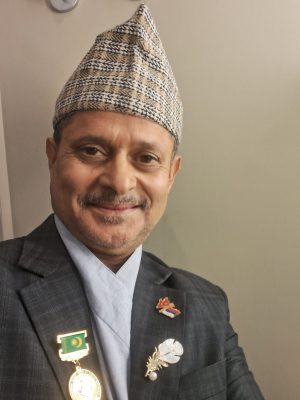 The Art of Translation
The Art of Translation